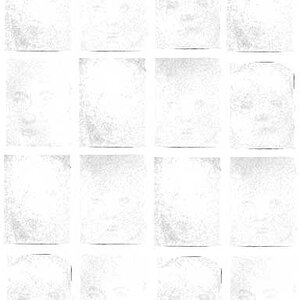Joxby
TPF Noob!
- Joined
- Sep 5, 2007
- Messages
- 272
- Reaction score
- 7
- Location
- Yorkshire
- Can others edit my Photos
- Photos NOT OK to edit
If there was a developing or fixer fault, the "problem" would be much more profound than a purple tint.
Nobody here except the OP has scene how "profound" the purple tint is.
I'm betting the fixer used was ether exhausted or mixed improperly. In a student lab with lots of people developing film it would be easy for the fixer to get exhausted.
Well its all supposition really, we can only post an opinion detailing what we think is most likely.
My guess is they're just tinted and will print/scan just fine, poorly developed, poorly fixed or both, won't.




![[No title]](/data/xfmg/thumbnail/42/42281-7e2c2677bdc791ca1918fb67b6b760c5.jpg?1619740089)

![[No title]](/data/xfmg/thumbnail/42/42280-60cc6d4893a2f440eac7dd2248e733a9.jpg?1619740088)
![[No title]](/data/xfmg/thumbnail/30/30877-ef8d8a8cf110d5566382bb4e8a76fd3f.jpg?1619734492)

![[No title]](/data/xfmg/thumbnail/42/42278-22ed940cbdc5888a28d9be36006594dc.jpg?1619740086)



